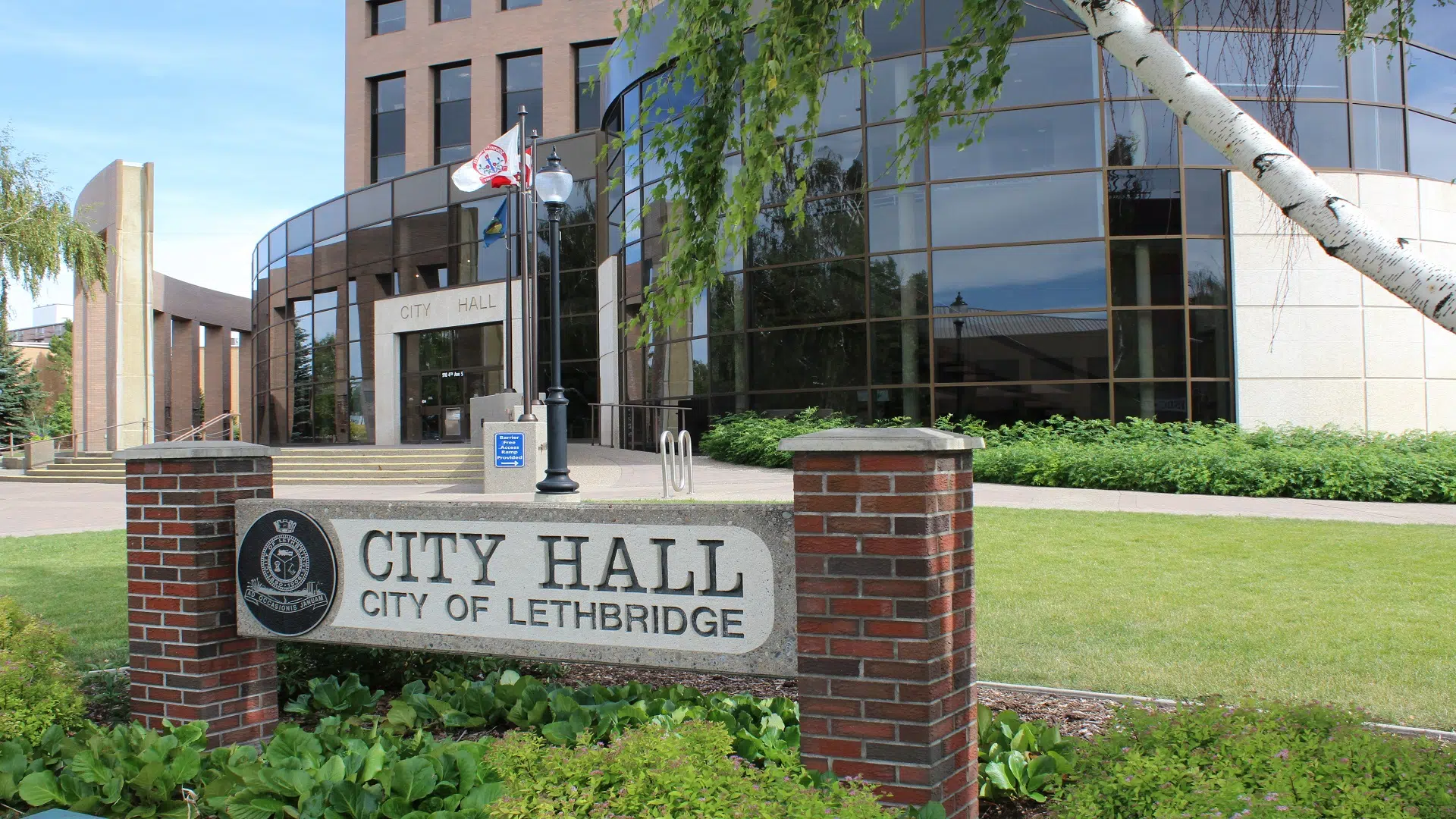
BILD benchmarking study compares Lethbridge competitiveness to other cities
LETHBRIDGE – In response to concerns that Lethbridge County and other municipalities are seeing more businesses set up shop in those areas, rather than within the City of Lethbridge, the Building Industry and Land Development (BILD) Association of Lethbridge Region (formerly CHBA) commissioned a report to study the city’s relative competitiveness. It was presented at Monday’s city council meeting (Oct.15).
The study, completed by Nichols Applied Management Inc., used 27 indicators including fiscal capacity, tax and utility charges, debt and reserves, the business community, expenses, revenue and employment.
Sources used included Municipal and Financial Data compiled by Municipal Affairs Alberta, financial statements and various city reports and publications, and personal communication with municipalities when necessary.
Lethbridge was compared to 14 other municipalities from across the province and in other jurisdictions in B.C., Ontario, Newfoundland and New Brunswick. Medicine Hat while close, was excluded from the comparison because of its large municipally owned utilities and telecommunications company.


